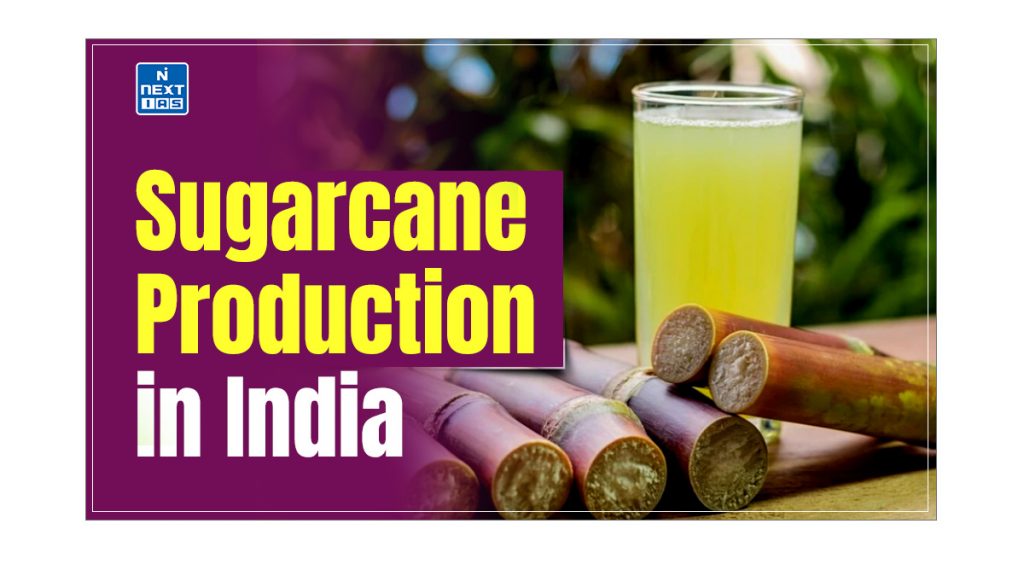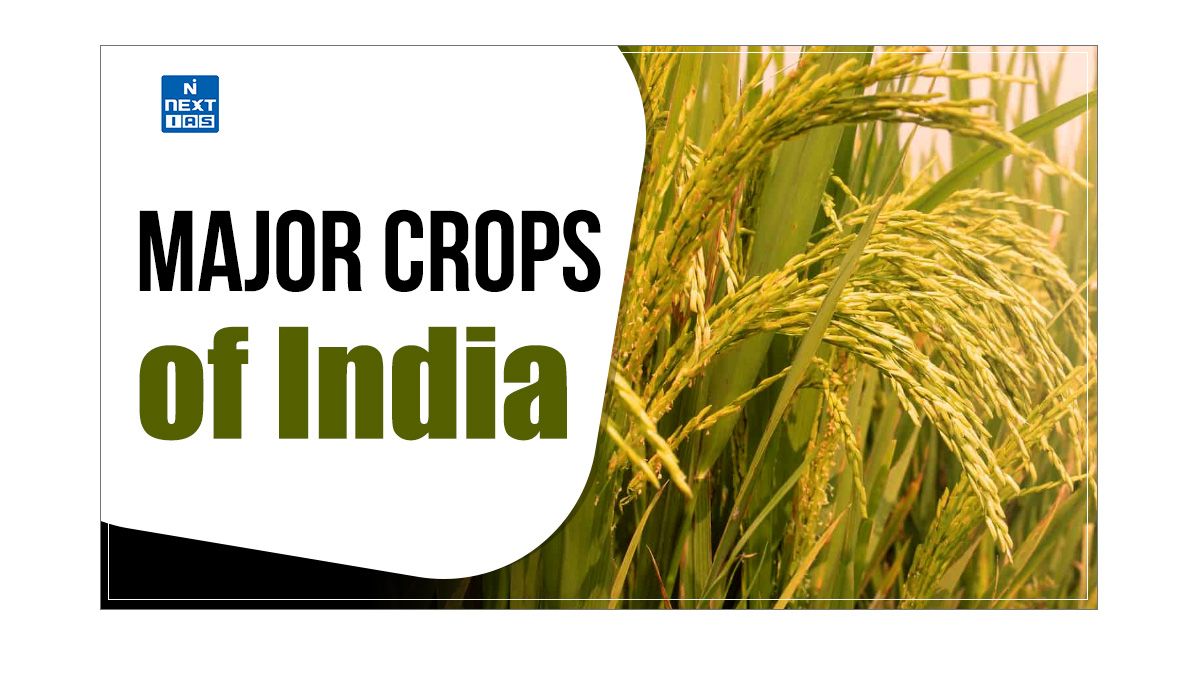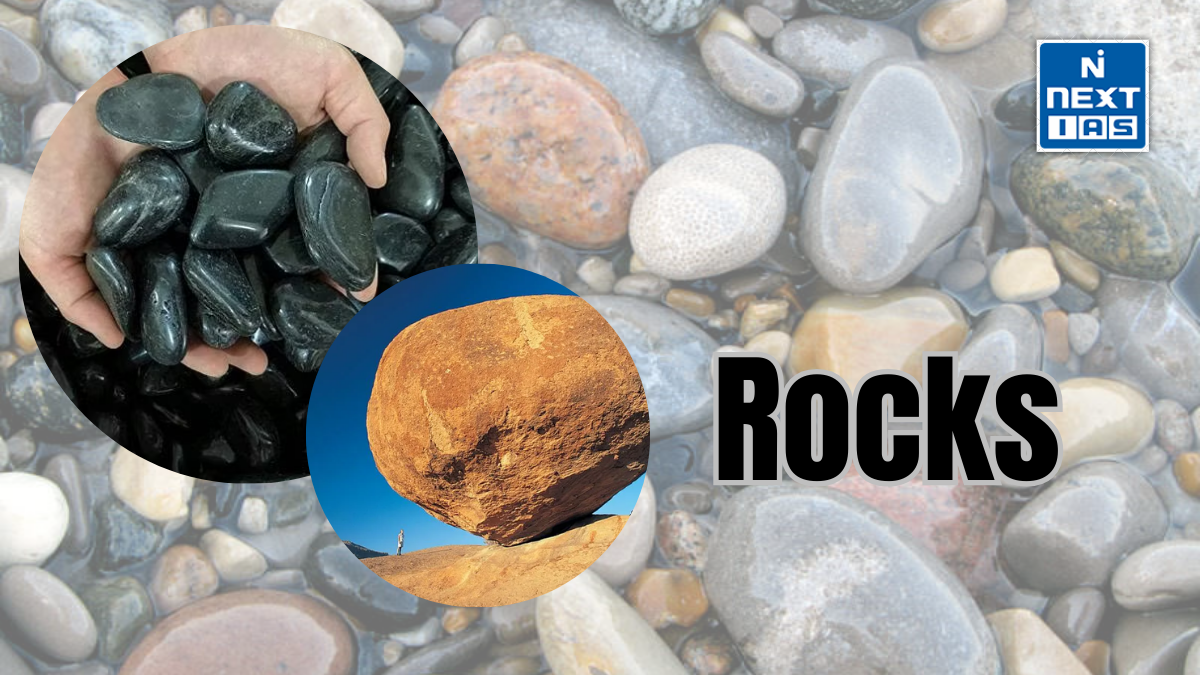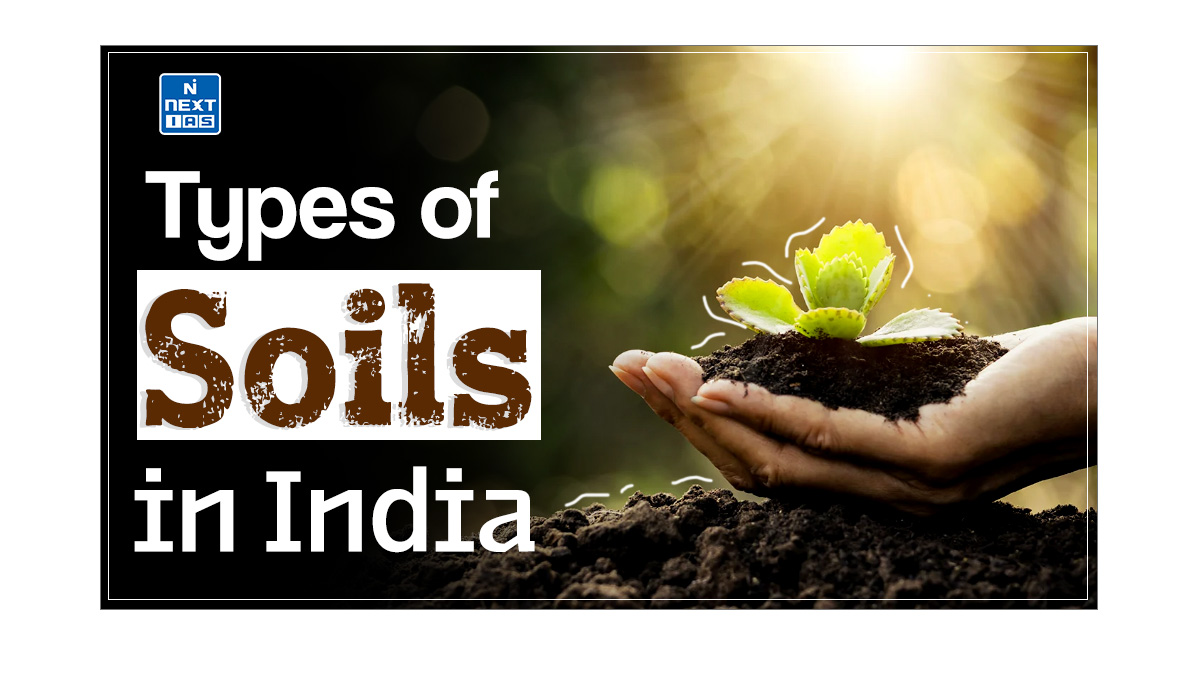
Sugarcane is one of the most significant commercial crops in India, contributing substantially to the country’s agricultural landscape and economy. Its cultivation supports a variety of industries and contributes to rural employment and income. This article aims to study in detail the conditions for growth, production challenges, regional distribution, and economic significance of sugarcane cultivation in India.
About Sugarcane
- Sugarcane has the highest production value among all commercial crops in India. It is the first choice of farmers wherever geographical conditions favour its growth.
- The crop is indigenous to India and belongs to the bamboo family. Thickened cane juice makes sugar, gur (jaggery), and khan sari.
- Two-thirds of the total cane produced in India is used for making jaggery and khan sari, and the rest goes to sugar factories.
- Molasses, bagasse, and press mud are the byproducts of the sugar industry.
- Molasses are a raw material used to manufacture alcohol (ethanol). They are also an efficient substitute for certain petroleum products.
- Bagasse (cane residue) is used to manufacture paper and as fuel in mills. It is more useful in paper manufacturing than as fuel.
- It can help save trees and be used as a soil amendment (compost) to increase soil fertility.
Conditions for Growth of Sugarcane
The conditions for the growth of this crop are:
- Climate – This crop is predominantly a tropical crop. It requires a hot (21°-27°C) and humid (75°-150 cm) climate.
- Sugar beet, a tuber crop, is a temperate alternative to sugarcane.
- Depending on the geographical conditions, it typically requires 10 to 18 months to mature.
- Excessive rainfall can lead to low sugar content, while insufficient rainfall produces fibrous crops.
- Temperature – The temperature above 20°C, combined with the open sky in the second half of the crop season, helps acquire juice and thicken it.
- An ideal sugarcane growing season features a cool, dry winter during ripening and harvesting.
- Frost is harmful to this crop and must be avoided by harvesting before the frost season in northern regions where frost is common.
- Conversely, hot, dry winds, such as the “Loo,” are detrimental to sugarcane. These conditions are absent in South India, making it more suitable for sugar production.
- Coastal plains and the western side of the Western Ghats are generally avoided due to gusty monsoon winds that can damage crops.
- Soil – This crop can tolerate any kind of soil that retains moisture. However, this crop exhausts the soil’s fertility.
- A flat plain or level plateau is an advantage for cane cultivation (it facilitates irrigation and transportation of cane to the sugar mills).
- Labour – Cheap, abundant labour is a prerequisite for successfully cultivating cane.
Cultivation of Sugarcane in India
- The cultivation of this crop in India is a major agricultural activity integral to the country’s economy and rural livelihood.
- It is predominantly grown in states such as Uttar Pradesh, Maharashtra, Karnataka, Tamil Nadu, and Andhra Pradesh, benefiting from the diverse climatic conditions across these regions.
- This crop requires a warm climate, adequate water supply, and well-drained, fertile soil for optimal growth.
- The cultivation involves planting sugarcane stalks harvested after 10-12 months.
Production of Sugarcane in India
- India has the largest area under sugarcane cultivation in the world. However, in production, India lags behind Brazil, the world’s largest producer of sugarcane.
- In India, productivity is relatively low compared to Colombia, Peru, Indonesia, Egypt, etc.
- Shortages of fertilisers, improper and untimely application of fertilisers, uncertain weather conditions, inadequate irrigation, inferior cane varieties, small and fragmented land holdings, and outdated cultivation methods contribute significantly to India’s low yields, affecting rice and sugarcane.
- To address these issues, the Sugarcane Research Institute, Coimbatore, introduced ratooning, a technique designed to lower sugarcane cultivation costs.
- In ratooning, this crop is harvested while leaving the roots intact in the soil. This method, which produces a second or subsequent crop from the remaining roots, is widely practised across various country regions.
| Advantages of Ratooning |
| Low cost of production, relatively shorter maturation period, and low-cost inputs and time are saved as there is no need for fresh sowing and growing of roots. However, productivity decreases yearly, and ratooning becomes uncommercial after one or two years. |
Distribution of Sugarcane in India
The distribution of this crop has been discussed in detail below:
| State | Production Position | Factors |
|---|---|---|
| Uttar Pradesh | 50% of India’s total production. | Vast alluvial plains.Large-scale use of irrigation and fertiliser. Suitable climate (but not as ideal as south Indian climate).There is no crushing period in winter. |
| Maharashtra | 18% of India’s total production. | Superior sugar recovery due to year-round crushing period.Yield is high compared to that of Uttar Pradesh. |
| Karnataka | 8.88% of India’s total production. | Most of the sugarcane is grown with the help of irrigation. |
Sugarcane Industry in India
- The sugar industry in India is a significant sector of the agricultural economy.
- It is one of the largest producers of sugar globally.
- The industry, predominantly located in states like Uttar Pradesh, Maharashtra, Karnataka, and Tamil Nadu, processes sugarcane into various products, including sugar, molasses, and ethanol.
- The sector is crucial in employing millions of people, particularly in rural areas, and contributes significantly to the rural economy.
Factors Influencing Sugarcane Production in Southern India
- This crop needs good irrigation facilities throughout the year. Due to perennial river systems, such facilities were available in the north.
- On the other hand, the south has only non-perennial rivers.
- Also, irrigational facilities were previously nonexistent in most parts of the south.
- In the southern states, this crop has faced tough competition for land from other cash crops, such as cotton, tobacco, groundnuts, and coconut.
- More sugarcane cultivation has led to the setting up of more sugar mills in the south.
- The most favourable weather conditions are also present (loo and frost absent).
- Extensive irrigation facilities have been developed in the past few decades, and this region has the benefit of a year-long crushing season.
Economic Importance of Sugarcane Production
The economic importance of its production can be seen in the following points:
- Significant Revenue Generator – It is one of the highest revenue-generating crops in India, contributing substantially to the country’s agricultural GDP.
- Support to Related Industries – The crop supports various industries like sugar, ethanol, and paper manufacturing, creating a robust industrial backbone for rural economies.
- Export Potential – The byproducts of this crop, like sugar and ethanol, have a significant export value, contributing to the national economy.
- Employment Opportunities – This crop cultivation provides direct and indirect employment to millions of people, including farmers, labourers, and workers in related industries.
- Income Stability – For many farmers, especially in cane-growing regions, the crop is a primary source of income, offering more stability than other crops.
- Increased Livelihood – Cane crop cultivation helps improve the standard of living for farming communities by providing a reliable income source and contributing to rural development.
Conclusion
Sugarcane cultivation is vital to India’s agricultural economy, driving economic growth and rural development. The development of improved irrigation facilities and ratooning practices has further strengthened its position in the southern regions of India, offering year-round cultivation benefits. As India optimises its production, the crop’s role in generating revenue, providing employment, and supporting rural livelihoods will remain crucial to the nation’s agricultural prosperity.
Sugarcane Seeds
- Sugarcane is primarily propagated through stalk cuttings rather than sugarcane seeds.
- The process involves planting sections of sugarcane stalks, known as setts, which contain buds that grow into new plants.
- While sugarcane does produce seeds, they are not commonly used for cultivation due to their limited viability and the difficulty of ensuring uniform crop quality.
- The use of setts is preferred as it provides a more reliable and efficient method for growing sugarcane.
Frequently Asked Questions (FAQs)
Is sugarcane under MSP or FRP?
This crop is regulated under the Fair and Remunerative Price (FRP) system in India.
Why did sugarcane industries shift from north to south?
This industry shifted from the north to the south due to several factors, including the more favourable climatic conditions in the south, such as better water availability and milder temperatures, which are ideal for cane cultivation. Additionally, government policies, infrastructure development, and incentives in southern states further encouraged this shift.
What is importance of sugarcane?
This crop is crucial for its role as a primary source of sugar and ethanol, which are vital for the food and energy sectors. It also supports rural livelihoods by providing income and employment to millions of farmers and workers in the agricultural and industrial sectors.






